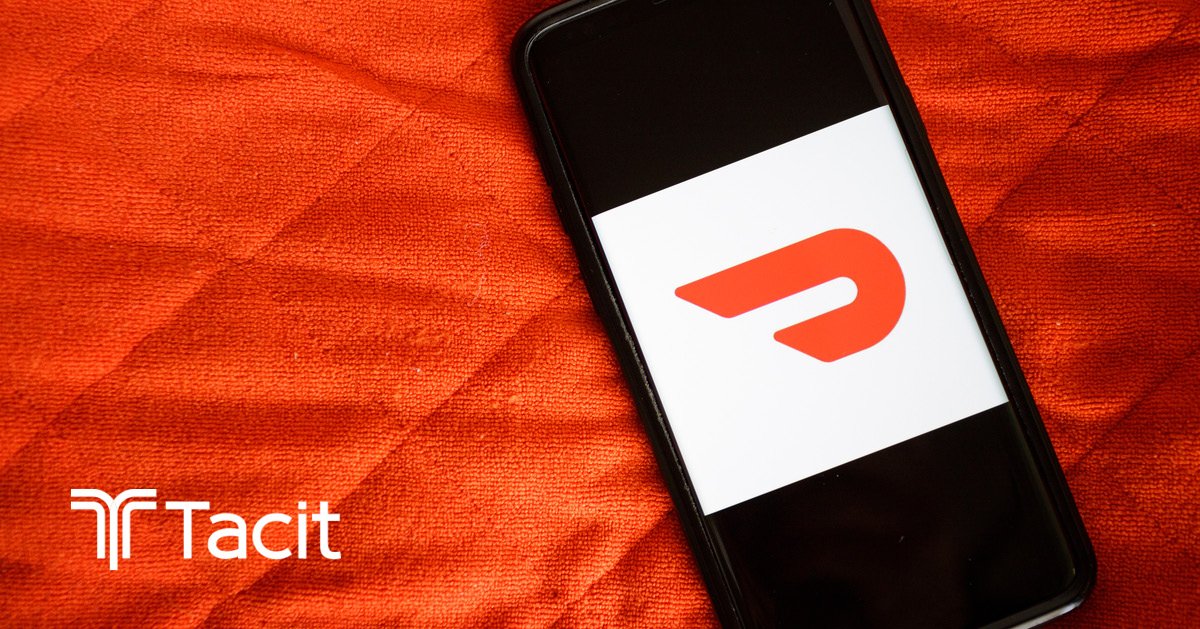
02 Apr What Are 3rd Party Order Aggregators?
The rise of 3rd party delivery is among the most dominant trends in the restaurant industry. Multiple 3rd party order aggregators, including DoorDash, Grubhub, and UberEats, have managed to build a loyal following and offer their services to all restaurants. Restaurant operators need to understand what these organizations provide, as well as the challenges and benefits of such partnerships.
Challenges of Working With 3rd Party Order Aggregators
The challenges of working with 3rd party order aggregators are significant and derive from the way aggregators built universal systems to give the most outdated of restaurants an opportunity to connect by tablet. Top challenges include:
- Lack of visibility into the costs and systems of 3rd party order aggregators.
- Inability to control food after it leaves the restaurant.
- Problems holding aggregators accountable for missteps or mistakes, as well as delays in delivery.
- Limited compatibility of aggregator systems with legacy restaurant POS platforms.
- Numerous problems with handling tablet-only processes from low-support 3rd party order aggregators.
Unfortunately, just the tablet-only challenge can create major obstacles for restaurateurs, which are as follows and explained by a past Tacit client:
“We’re in Tablet Hell for a couple of reasons. One, the tablets themselves are a burden because you’ve got to make sure they’re all turned on. You also must make sure that the app is activated. You know, sometimes overnight the iPad or the tablet will reboot or refresh itself, and then it won’t restart itself automatically. Sometimes team members unplug it and steal the power cord to charge their phone or take it home, and so now you’ve got an uncharged tablet, which honestly happens more and more and more.”
Aggregator Partnerships Are Essential
While challenges to third-party restaurant delivery partnerships exist, the value of working with aggregators is too great to ignore. Working with 3rd parties puts the burden of managing delivery in another company’s hands, saving time and money. Moreover, these partnerships are become more essential to keeping up with customer expectations for the modern foodservice industry. As explained by PYMNTS.com:
“The third-party delivery space is growing rapidly. Both Grubhub and UberEats reported earnings of more than $5 billion in 2018, with the latter looking to grow its food delivery revenue to $10 billion this year. Such growth means new challenges for the restaurants that are partnering with these services, however.
These restaurants must consider which apps will see continued success and which the competition will outpace. The prevalence of third-party apps is pushing more chains and QSRs to consider ghost restaurants, which do not have dine-in locations and instead solely offer deliveries.”
The trend implies that delivery will continue to grow until it forms the primary volume of restaurant orders, lessening the value of dine-in experiences. A word of caution accompanies that sentiment though; restaurateurs must still ensure dine-in guests get the best experience possible, leveraging technology and digital ordering food systems. So, it all goes back to whether restaurants successfully leverage these platforms through integrated systems.
Benefits of Working With an Aggregator
Making the decision to work with an aggregator and relinquish some control might seem difficult; but first, consider these added benefits.
- Increased average check sizes from 3rd party order aggregators.
- Partnership increases the available customer base.
- Elimination of the hassle of training and managing drivers and staff to offer delivery.
- Increased adherence to reporting requirements, provided restaurateurs integrate 3rd party services with the POS.
- Quick deployment of 3rd party ordering reduces implementation stress.
- 3rd party service providers take on the burden of marketing to their customers.
Leverage the Delivery Benefits of 3rd Parties Now
The delivery benefits of 3rd party order aggregators to augment your restaurant’s performance are clear. Restaurateurs must start offering 3rd party delivery to survive and thrive. Depending on location, your restaurant will gain the ability to increase the customer base and average order size by up to 30 percent, and millennials will be more likely to order from your restaurant in groups. A 3rd party partnership must be in your restaurant strategy. Visit Tacit online today.

Pingback:How to Create More Concurrent Orders During Peak Restaurant Times
Posted at 13:08h, 04 August[…] 0 Digital Ordering Restaurant Operations April 7, […]